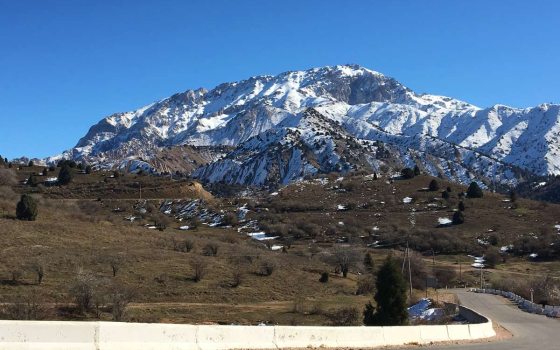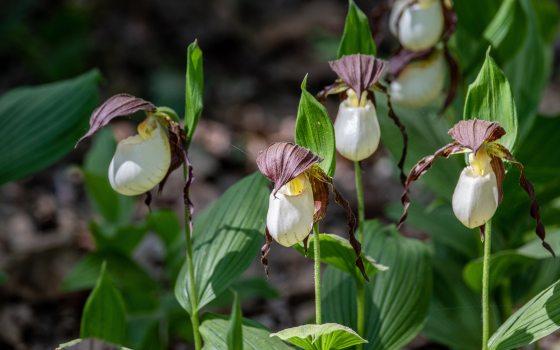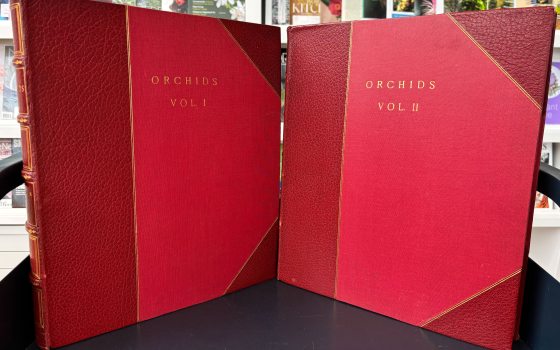Central Asia—or Middle Asia, called so by regional botanists to distinguish the flora from that of Mongolia—is home to an incredibly beautiful, exciting, and charismatic flora, much of which is found nowhere else in the world. Until recently, it was difficult for plant explorers to access this area due to difficulty in obtaining permission to collect and the general remoteness of the mountainous regions that dominate the landscapes of these countries. In fact, Longwood plant explorers had never visited the botanical treasure trove of Central Asia before I traveled to Uzbekistan in early November—a trip that resulted in great promise of future field explorations to bring new and exciting Central Asian species back to Longwood and other US gardens.
In the last 60 years, Longwood Gardens staff has traveled to more than 50 countries as delegates of the historic plant exploration program, to take part in botanical and horticultural field work, seed and plant collection of new and potentially useful plants for garden use and ex situ conservation, and the development of new partnerships with in-country collaborators. Expanding Longwood’s global network and developing relationships with new collaborators is at the core of all plant exploration activities, as this opens new regions of the world to the program, allows us to gain permission for plant exploration activities in those places, and builds capacity with new partners, as demonstrated by my travel to Uzbekistan. I made the trip as a delegate of a group called the Plant Collecting Collaborative—a partnership between 15 like-minded US public gardens with similar interests in international plant exploration and collaboration—with hope of expanding plant exploration activities into Central Asia.
We met in Tashkent, Uzbekistan with a delegation of botanical and horticultural leaders from Uzbekistan, Kazakhstan, Kyrgyzstan, and Tajikistan in a summit formally known as the First Seminar on Collaboration between US Botanical Gardens and Central Asian Botanical Gardens.
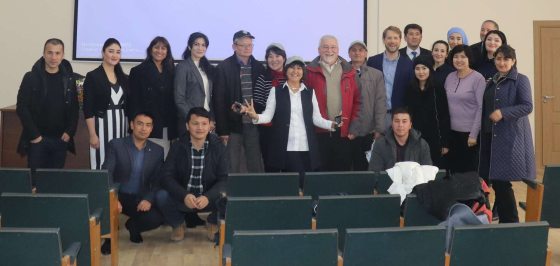
Also joining from the US were Boyce Tankersley, Director of Plant Records from the Chicago Botanic Garden and Dr. Sarada Krishnan, Director of Horticulture and Center for Global Initiatives. The meeting was coordinated Dr. Komiljon Tojibaev, Director of the Institute of Botany Central Academy of Sciences, Uzbekistan, and held at the Institute of Botany in Tashkent. He arranged for national coordinators from each country to visit and present information about their gardens and discuss collaboration. Coordinators included Professor G. Sitpaeva from the Main Botanical Garden in Kazakhstan; Professor G. Lazkov from the Institute of Botany in Kyrgyzstan; Professors K. Khissoriev from the Central Botanic Garden in Dushanbe and D. Navruzshoev from the Pamir Botanical Gardens, Tajikistan; and Professor F. Khassanov from the Institute of Botany in Uzbekistan.
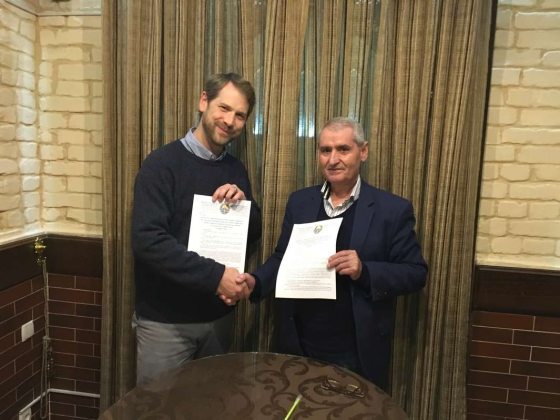
Over the course of three days, each participating institution gave a presentation describing the scope, research interests, current needs, and future aspirations of their respective institutions. The formal meetings were punctuated with a series of lunches and dinners where we sampled the traditional Uzbek cuisine and furthered discussions about botanical interest and partnerships. In the end, the meetings were a great success, and we executed and signed a document called the Tashkent Accord, in which we all agreed to participate in joint scientific ventures, exchange of information, and joint field expeditions that result in collection of seeds, herbarium specimens, and information that promotes an increased understanding of rare and threatened species of the region and their conservation.

The flora of Middle Asia is a product of the naturally arid to dry landscape. Although much of the region is dominated by deserts, the region’s mountain chains receive more rainfall and have distinctive floras that are rich in geophytes such as tulips (Tulipa), irises (Iris), fritillaries (Fritillaria), and onions (Allium) and endemic species from a variety of plant groups. One of the most beautiful endemic species that may have merit in the plant collection at Longwood is known as Ostrowskia magnifica. This relative of the commonly known bellflower (Campanula) boasts huge, 6-inch-wide, light blue, bell-shaped flowers that command attention. Despite its potential as an ornamental plant, it is rarely cultivated in the US. Campanula is just one of many plants we would like to collect in Central Asia. Other collection targets include the previously mentioned geophytes, a host of silver-leaved species, endemic woody plant species, and more.
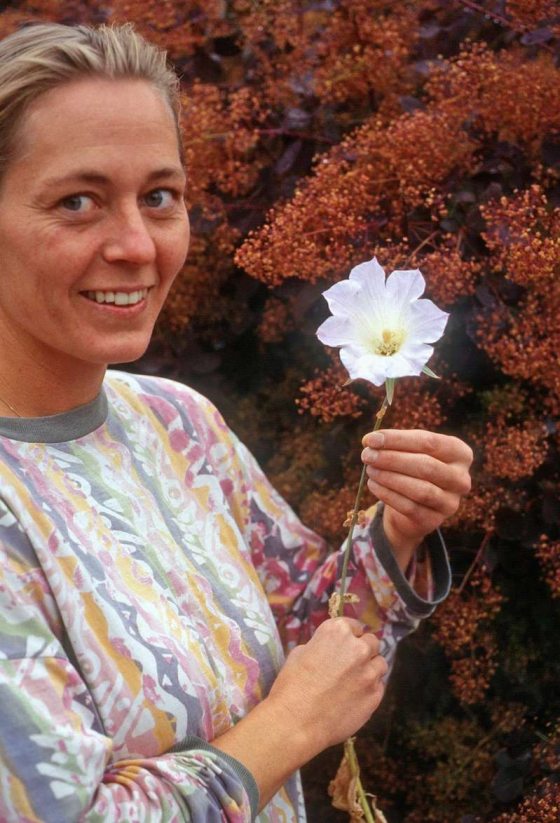
Drawing on their immense botanical knowledge of the region, we will work with our new partners to develop field expeditions that support botanical surveys, species discovery, and the collection of novel ornamental plants such as Ostrowskia, which may have merit for horticultural displays at Longwood. PCC delegates are developing plans for a return to Uzbekistan in spring 2020 to begin implementation of the field work, support continued collaboration, and bring new plants back to their gardens.
